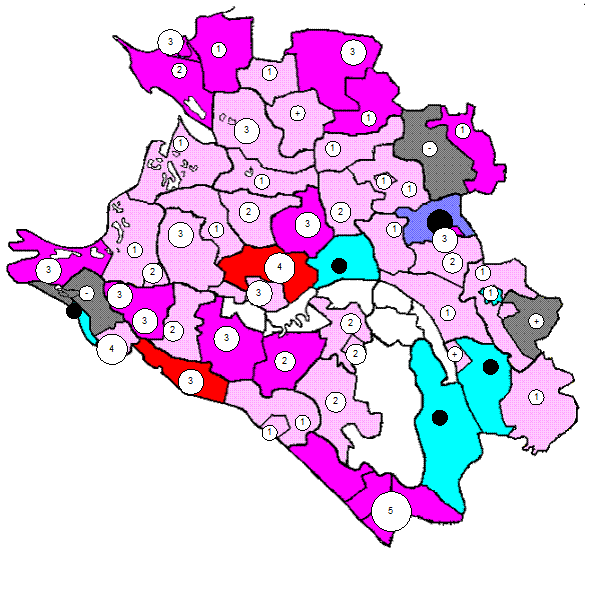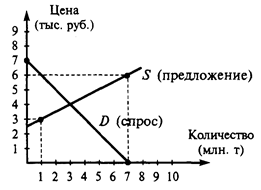Name hiding
The scope of an entity typically encompasses more program text than the declaration space of the entity. In particular, the scope of an entity may include declarations that introduce new declaration spaces containing entities of the same name. Such declarations cause the original entity to become hidden. Conversely, an entity is said to be visible when it is not hidden. Name hiding occurs when scopes overlap through nesting and when scopes overlap through inheritance. The characteristics of the two types of hiding are described in the following sections. 3.7.1.1 Hiding through nesting Name hiding through nesting can occur as a result of nesting namespaces or types within namespaces, as a result of nesting types within classes or structs, and as a result of parameter and local variable declarations. In the example class A void F() { void G() { within the F method, the instance variable i is hidden by the local variable i, but within the G method, i still refers to the instance variable. When a name in an inner scope hides a name in an outer scope, it hides all overloaded occurrences of that name. In the example class Outer static void F(string s) {} class Inner static void F(long l) {} the call F(1) invokes the F declared in Inner because all outer occurrences of F are hidden by the inner declaration. For the same reason, the call F("Hello") results in a compile-time error. 3.7.1.2 Hiding through inheritance Name hiding through inheritance occurs when classes or structs redeclare names that were inherited from base classes. This type of name hiding takes one of the following forms: · A constant, field, property, event, or type introduced in a class or struct hides all base class members with the same name. · A method introduced in a class or struct hides all non-method base class members with the same name, and all base class methods with the same signature (method name and parameter count, modifiers, and types). · An indexer introduced in a class or struct hides all base class indexers with the same signature (parameter count and types). The rules governing operator declarations (§10.10) make it impossible for a derived class to declare an operator with the same signature as an operator in a base class. Thus, operators never hide one another. Contrary to hiding a name from an outer scope, hiding an accessible name from an inherited scope causes a warning to be reported. In the example class Base class Derived: Base the declaration of F in Derived causes a warning to be reported. Hiding an inherited name is specifically not an error, since that would preclude separate evolution of base classes. For example, the above situation might have come about because a later version of Base introduced an F method that wasn’t present in an earlier version of the class. Had the above situation been an error, then any change made to a base class in a separately versioned class library could potentially cause derived classes to become invalid. The warning caused by hiding an inherited name can be eliminated through use of the new modifier: class Base class Derived: Base The new modifier indicates that the F in Derived is “new”, and that it is indeed intended to hide the inherited member. A declaration of a new member hides an inherited member only within the scope of the new member. class Base class Derived: Base class MoreDerived: Derived In the example above, the declaration of F in Derived hides the F that was inherited from Base, but since the new F in Derived has private access, its scope does not extend to MoreDerived. Thus, the call F() in MoreDerived.G is valid and will invoke Base.F.
|




